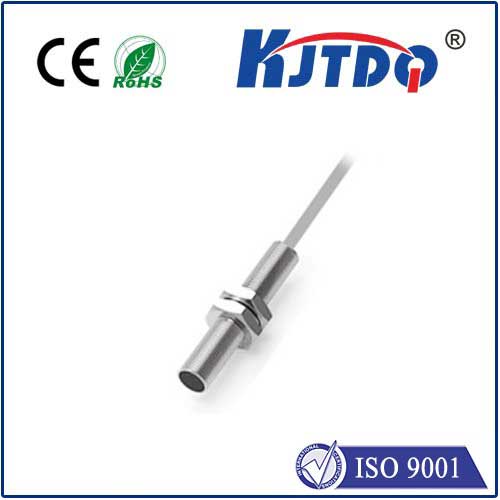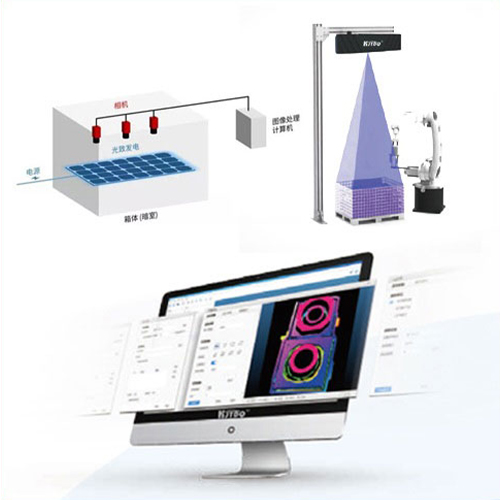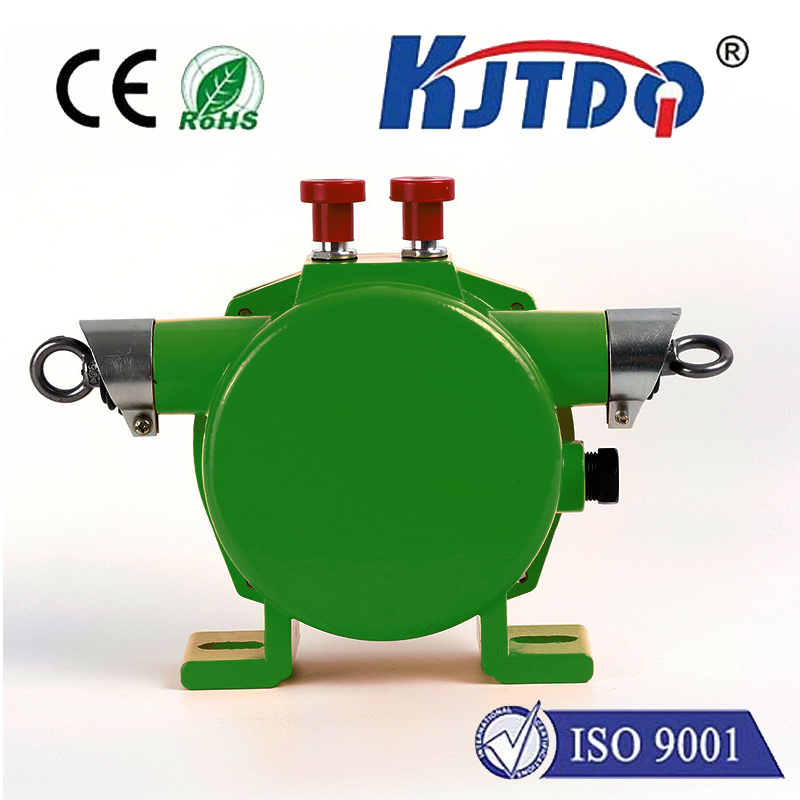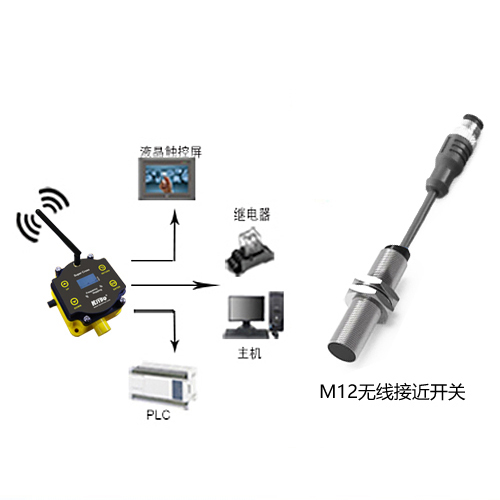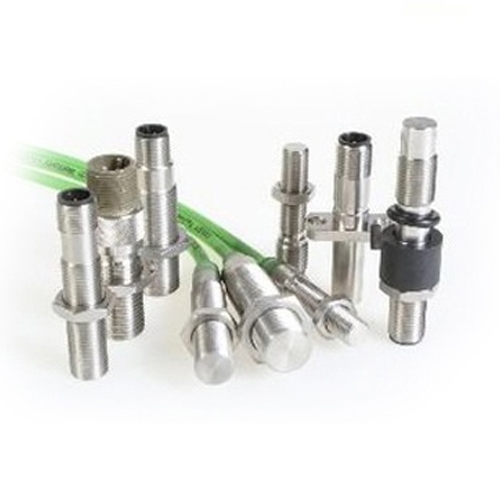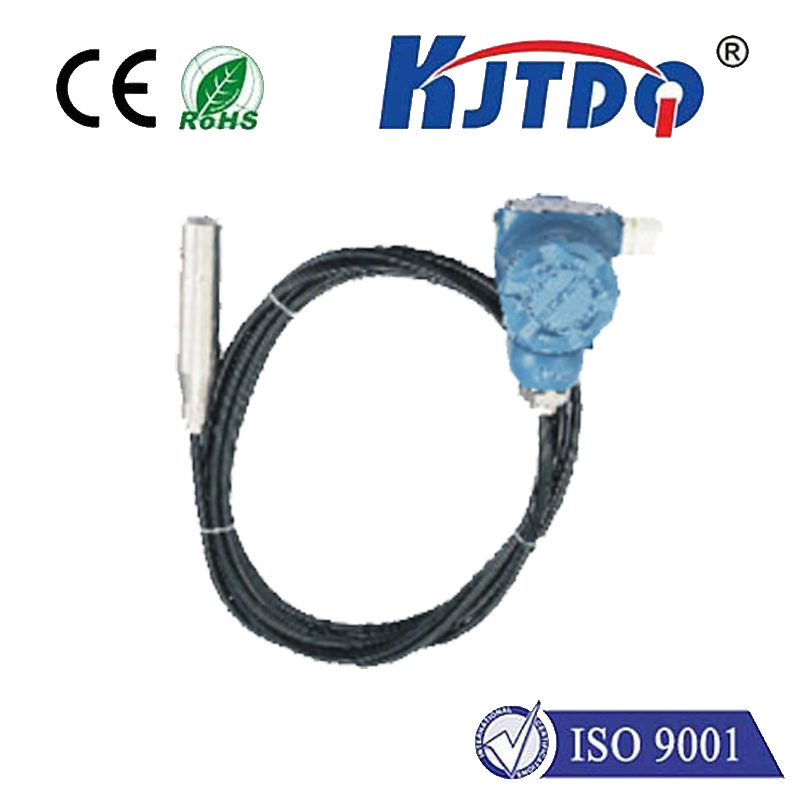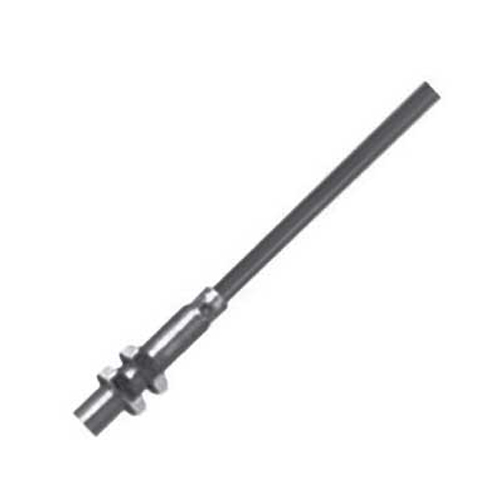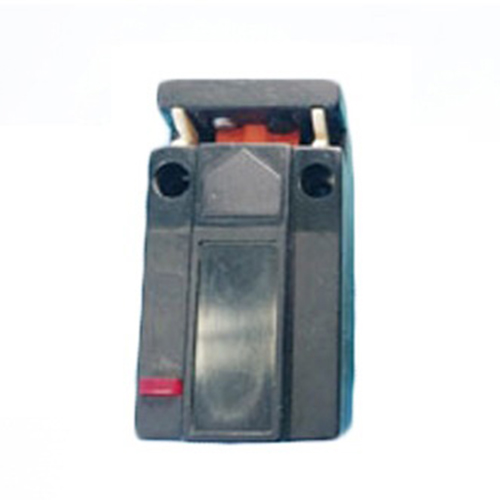

check

check

check

check

check

check

check

check

check

check
Laser Height Sensor: Revolutionizing Precision Measurement
In today's world, precision measurement is becoming increasingly important. From manufacturing to construction and from automotive to aerospace, accurate measurements are crucial for ensuring quality and reducing errors. One technology that has revolutionized precision measurement is the laser height sensor. In this article, we will explore how this innovative device works and its applications in various industries.
What is a Laser Height Sensor?
A laser height sensor is an electronic device that uses a laser beam to measure distances. It consists of a laser diode, a photodiode, and a microcontroller. The laser diode emits a narrow beam of light that reflects off the target surface and back to the photodiode. The photodiode then converts the reflected light into an electrical signal, which is processed by the microcontroller to determine the distance between the sensor and the target surface.
Working Principle of a Laser Height Sensor
The working principle of a laser height sensor is based on the time-of-flight (ToF) technique. When the laser beam hits the target surface, it reflects back to the photodiode. The time taken by the light to travel from the sensor to the target surface and back is measured accurately by the microcontroller. Using this data, the sensor calculates the distance between itself and the target surface with high precision.
Applications of Laser Height Sensors

Laser height sensors have numerous applications across various industries due to their ability to provide precise measurements quickly and easily. Some examples include:
1. Manufacturing: In manufacturing industries, laser height sensors are used for quality control purposes. They help ensure that products meet specifications by measuring dimensions, checking alignment, and detecting defects.
2. Construction: Laser height sensors are widely used in construction projects for tasks such as leveling floors, measuring wall heights, and monitoring progress during construction. They provide accurate measurements, reducing errors and improving efficiency.
3. Automotive: In the automotive industry, laser height sensors are used for vehicle inspections, tire pressure monitoring systems, and advanced driver assistance systems (ADAS). They help improve safety and performance by providing precise measurements.
4. Aerospace: Laser height sensors play a vital role in aerospace engineering by helping measure aircraft components, monitor fuel levels, and perform maintenance tasks. They enable engineers to make accurate adjustments and reduce the risk of accidents caused by measurement errors.
Benefits of Using Laser Height Sensors
Using laser height sensors offers several benefits over traditional measurement methods. These benefits include:
1. High Precision: Laser height sensors provide highly accurate measurements within a few microns, making them suitable for applications where precision is critical.
2. Fast Speed: These sensors can take measurements rapidly, reducing downtime and improving productivity in industrial processes.
3. Non-Contact Measurement: Since they use a laser beam, these sensors do not require physical contact with the target surface, reducing the risk of damage or contamination.
4. Versatility: Laser height sensors can be used in various environments, including harsh ones like those found in manufacturing plants or construction sites.
Conclusion
In conclusion, the laser height sensor is a revolutionary technology that has transformed precision measurement across various industries. Its ability to provide accurate measurements quickly and easily makes it an essential tool for ensuring quality, reducing errors, and improving efficiency. As technology continues to advance, we can expect even more innovative applications of laser height sensors in the future.
